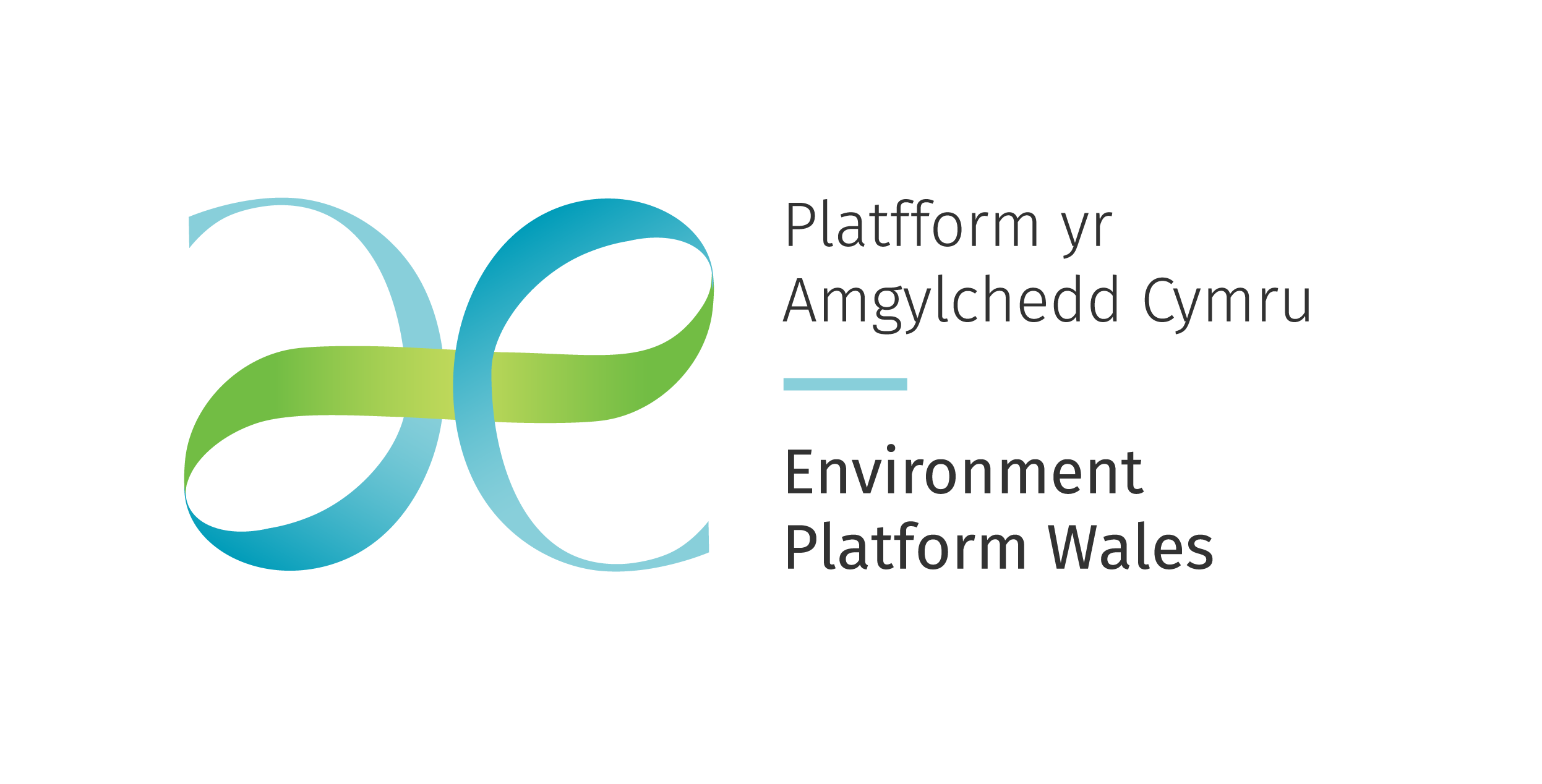
If you are seeking to deliver an impactful dissertation topic, with direct relevance to environmental policy makers or, simply looking for inspiration for your final year project, you can search for ideas below.
You can search the research questions that have been directly submitted to us, or browse other collections of research ideas from partner organisation such as Natural Resources Wales and Climate Cymru. We are still adding relevant keywords to the data, so try a different search term if nothing comes up or get in touch for support searching the database.
If you do find a question of relevance and decide to address it through your dissertation, we would really like to know about it. Please fill out the form that can be found here.
[Enter keyword and press ‘search’ or the return key]
.
What reliable methods could be used to quantify the ecosystem trade-offs and synergies associated with woodlands as part of land use change to support the sustainable management of natural resources and respond to the climate and nature emergencies?
Summary of the Research Question / Evidence Need:
The management of synergies and trade-offs is key to understanding future land use change options. Many assessments are currently subjective: being able to quantify trade-offs and synergies would aid decision making and future policy direction.
Keywords (discipline, other): Woodland
Land use and soil
Ecosystem resilience
Climate change
Biodiversity
Website/URL links: https://naturalresources.wales/evidence-and-data/research-and-reports/state-of-natural-resources-report-sonarr-for-wales-2020/evidence-needs-table/?lang=en
Looking for collaborators: n/a External Partner: Y Organisation: Natural Resources Wales
Contact Details
Name: n/a n/a Email Address: Phone: NA
________________________________________________________________________________
What reliable tools can we use to identify opportunities and appropriate measures for the restoration of freshwater habitats?
Summary of the Research Question / Evidence Need:
Restoration of freshwater ecosystems is key to improving their resilience to multiple pressures and addressing the climate and nature emergencies. Knowledge and tools are required to facilitate sucessful and cost effective ecosystem restoration.
Keywords (discipline, other): Freshwater
Mountains, moorlands, heath
Urban
Semi-natural grassland
Enclosed farmland
Land use and soil
Climate change
Website/URL links: https://naturalresources.wales/evidence-and-data/research-and-reports/state-of-natural-resources-report-sonarr-for-wales-2020/evidence-needs-table/?lang=en
Looking for collaborators: n/a External Partner: Y Organisation: Natural Resources Wales
Contact Details
Name: n/a n/a Email Address: Phone: NA
________________________________________________________________________________
What reliable tools can we use to measure the impact of physical modifications on rivers?
Summary of the Research Question / Evidence Need:
Physical modification is the main reason for rivers Welsh rivers failing to achieve Good Ecological Status. Modifications to floodplains have significant impacts on ecosystem health and flood risk. However limited information is available on the extent and specific impacts of these modifications. This information is required to inform ecosystem resilience and restoration opportunities.
Keywords (discipline, other): Freshwater
Climate change
Website/URL links: https://naturalresources.wales/evidence-and-data/research-and-reports/state-of-natural-resources-report-sonarr-for-wales-2020/evidence-needs-table/?lang=en
Looking for collaborators: n/a External Partner: Y Organisation: Natural Resources Wales
Contact Details
Name: n/a n/a Email Address: Phone: NA
________________________________________________________________________________
What soil management practices can be used to improve the use of nutrients?
Summary of the Research Question / Evidence Need:
To help inform future sustainable land management pratices in future
Keywords (discipline, other): Land use and soil
Enclosed farmland
Waste
Website/URL links: https://naturalresources.wales/evidence-and-data/research-and-reports/state-of-natural-resources-report-sonarr-for-wales-2020/evidence-needs-table/?lang=en
Looking for collaborators: n/a External Partner: Y Organisation: Natural Resources Wales
Contact Details
Name: n/a n/a Email Address: Phone: NA
________________________________________________________________________________
What supply chain developments could be progressed in Wales to support the more widespread use of engineered wood products to support a low-carbon and regenerative economy in Wales?
Summary of the Research Question / Evidence Need:
There is significant potential for engineered wood products to suport a low carbon and regenerative economy in Wales but supply chain developments are likely to be needed. Undrestanding what these are would help inform future policy and delivery options.
Keywords (discipline, other): Woodland
Website/URL links: https://naturalresources.wales/evidence-and-data/research-and-reports/state-of-natural-resources-report-sonarr-for-wales-2020/evidence-needs-table/?lang=en
Looking for collaborators: n/a External Partner: Y Organisation: Natural Resources Wales
Contact Details
Name: n/a n/a Email Address: Phone: NA
________________________________________________________________________________
What sustainable management practises are being adopted on highly productive land? Where are these being used and over what area?
Summary of the Research Question / Evidence Need:
There is currently extremely limited information on the use of the many sustainable management techniques.
Keywords (discipline, other): Enclosed farmland
Land use and soil
Air quality
Climate change
Biodiversity
Waste
Water efficiency
Ecosystem resilience
Website/URL links: https://naturalresources.wales/evidence-and-data/research-and-reports/state-of-natural-resources-report-sonarr-for-wales-2020/evidence-needs-table/?lang=en
Looking for collaborators: n/a External Partner: Y Organisation: Natural Resources Wales
Contact Details
Name: n/a n/a Email Address: Phone: NA
________________________________________________________________________________
What type of interventions could accelerate bringing more woodlands, especially native woodland, into planned management to improve resilience and the flow of ecosystem services, including well-being benefits, from them?
Summary of the Research Question / Evidence Need:
Woodlands not in planned mangement are likely to be generating sub-optimal resilience, ecosystem services and well-being benefits. This evidence will help to inform future policy and delivery approaches.
Keywords (discipline, other): Woodland
Land use and soil
Ecosystem resilience
Climate change
Website/URL links: https://naturalresources.wales/evidence-and-data/research-and-reports/state-of-natural-resources-report-sonarr-for-wales-2020/evidence-needs-table/?lang=en
Looking for collaborators: n/a External Partner: Y Organisation: Natural Resources Wales
Contact Details
Name: n/a n/a Email Address: Phone: NA
________________________________________________________________________________
What types of urban habitats are found in Wales and where are they located?
Summary of the Research Question / Evidence Need:
Ecosystem resilience evidence needs encompass several needs from the other ecosystem and theme chapters.
Keywords (discipline, other): Ecosystem Resilience
Urban
Biodiversity
Website/URL links: https://naturalresources.wales/evidence-and-data/research-and-reports/state-of-natural-resources-report-sonarr-for-wales-2020/evidence-needs-table/?lang=en
Looking for collaborators: n/a External Partner: Y Organisation: Natural Resources Wales
Contact Details
Name: n/a n/a Email Address: Phone: NA
________________________________________________________________________________
What upper limit of livestock stocking levels on saltmarsh is required to safeguard water quality?
Summary of the Research Question / Evidence Need:
Grazing of livestock on saltmarsh can lead to water quality problems when the saltmarsh is inundated by the tide and faecal matter is washed into the sea. However, actual grazing levels where numbers of livestock will cause issues are not known and there is a need to establish appropriate upper grazing levels to prevent unacceptable levels of bacterial and nutrient loading in coastal water. To enable grazing levels to be set more evidence will be required. Next steps and progress: Seek external funding (component of a candidate project for future Nature Networks funding).
Keywords (discipline, other): Livestock stocking, Saltmarsh, Water quality, Grazing levels, Bacterial loading, Nutrient loading, Coastal waters, External funding
Website/URL links: https://naturalresources.wales/evidence-and-data/research-and-reports/marine-biodiversity-collaborative-research-priorities/?lang=en
Looking for collaborators: No External Partner: Yes Organisation: Natural Resources Wales
Contact Details
Name: Email Address: Phone:
________________________________________________________________________________
What was the historic distribution and abundance of marine species in Welsh waters?
Summary of the Research Question / Evidence Need:
This desk based exercise would build on work already carried out and investigate historical distributions of marine flora and fauna to understand changes in the Welsh marine environment over time. This will highlight changes such as historical losses of habitat and which species and habitats have experienced the most changes.
For more, and updated information, please visit https://naturalresources.wales/evidence-and-data/research-and-reports/marine-biodiversity-collaborative-research-priorities/?lang=en
Keywords (discipline, other): History, Marine species, Distribution, Abundance, Historical data, Welsh waters, Marine
Website/URL links: https://naturalresources.wales/evidence-and-data/research-and-reports/marine-biodiversity-collaborative-research-priorities/?lang=en
Looking for collaborators: Yes External Partner: Yes Organisation: Natural Resources Wales
Contact Details
Name: Email Address: Phone: NA
________________________________________________________________________________




